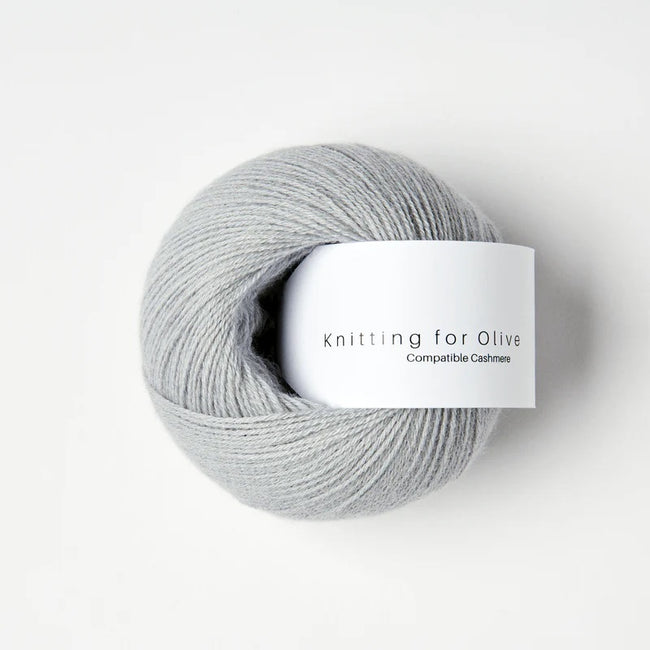Comprehending the Various Kinds Of Cashmere an All-natural Fiber and Their One-of-a-kind Benefits

The Origins of Cashmere: A Historical Overview
While the glamorous touch of cashmere remains to charm modern-day consumers, its origins map back to the severe, chilly climates of Mongolia and the Mountain ranges. For centuries, the indigenous individuals of these regions have been increasing Capra Hircus goats, the prime resource of cashmere wool. These goats, resilient versus the severe winters months, expanded a fine undercoat to make it through, which later became known as cashmere. The name itself pays homage to Kashmir, an area in India where the woollen was originally refined. Much of the very early cashmere trade route was facilitated by the Silk Roadway, connecting Asia with the Center East and Europe. Regardless of its global spread, the finest cashmere is still believed to stem from the initial areas of Mongolia and the Himalayas.

The Manufacturing Process: From Goat to Garment
Shearing a Capra Hircus goat marks the inception of the intricate cashmere production process. This delicate procedure generally occurs as soon as a year during spring. The penalty, soft undercoat is after that divided from the coarser external hair, a process called dehairing. The resultant raw cashmere is then cleaned to get rid of pollutants such as oil, dust, and veggie issue.
The clean fiber is subjected to dyeing, spinning, and weaving, or knitting, to transform it right into a material. Complicated treatments such as quality assurance checks and completing processes adhere to, guaranteeing the end product maintains the lavish standard expected of cashmere. This painstaking procedure, from goat to garment, justifies the high cost connected to cashmere items, making them an icon of deluxe and improvement.
The Different Sorts Of Cashmere: A Thorough Analysis

The One-of-a-kind Benefits of Cashmere: Comfort and Sustainability
Moving from the range of cashmere kinds to the advantages they use, comfort and sustainability stand apart plainly. Cashmere, an all-natural fiber, is renowned for its unequaled softness, providing a level of comfort that artificial fibers can't match. The material's lightness, yet remarkable warmth retention, makes it excellent for all periods. Additionally, cashmere's all-natural flexibility permits it to go back to its initial shape, making it resistant to stretching or diminishing.
When it pertains link to sustainability, cashmere is naturally degradable and renewable, as it's gathered from cashmere goats who regrow their coats annually. what is cashmere. Unlike synthetic fibers which can take hundreds of years to disintegrate, cashmere's influence on the setting is minimal. This combination of convenience and sustainability makes cashmere an advantageous option for conscious customers

Taking Care Of Your Cashmere: Maintenance and Conservation Tips
While cashmere is certainly a sustainable and glamorous option, it needs specific care to maintain its quality and expand its life-span. To start, cashmere should be hand cleaned using cool water and a light cleaning agent. Cashmere products must be saved in a dry and awesome place, away from direct sunlight and moisture.
Spending in Cashmere: Recognizing Its Worth and Worth
Although cashmere may initially appear like an expensive investment, its long-lasting value and worth ended up being noticeable when you consider its impressive qualities. Recognized for its exceptional soft qualities and warmth, cashmere is a premium all-natural fiber that surpasses other products. Its high need and minimal supply add to its high rate, however its longevity ensures it lasts for years, offering excellent worth for money. Cashmere items are classic, often ending up being heirlooms passed down via generations. what is cashmere. Additionally, its all-natural protecting buildings supply heat without the bulk of artificial fibers. Investing in cashmere, therefore, is not nearly existing style trends, yet about welcoming a sustainable, long-lasting, and luxurious lifestyle.
Final Thought
In recap, the type of cashmere one picks, be it Mongolian, Chinese, or Italian, is determined by private preferences for heat, high-end, budget plan, and sustainability. Recognizing the beginnings, production process, and special advantages of different types of cashmere can guide consumers in their investment in this extravagant natural fiber.
Whether it's the phenomenal warmth of Mongolian cashmere, the affordability of Chinese cashmere, or the eco-conscious manufacturing of Italian cashmere, there's a story to be found behind each fiber type. Cashmere, an all-natural fiber, is renowned for its unparalleled softness, providing go to this web-site a degree of comfort that synthetic fibers can not match.When it comes to sustainability, cashmere is naturally degradable and renewable, as it's harvested from cashmere goats that regrow their layers every year. Known for its exceptional softness and warmth, cashmere is a costs all-natural fiber that surpasses various other products. Recognizing the origins, manufacturing procedure, Related Site and distinct benefits of various types of cashmere can lead customers in their investment in this luxurious all-natural fiber.
Comments on “Discover the Opulence and Smoothness of what is cashmere and Why It’s So In Demand”